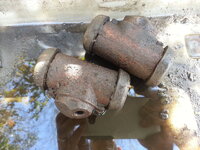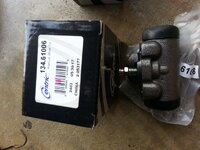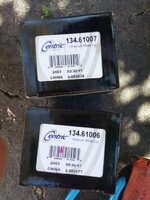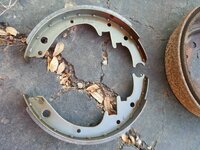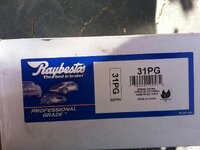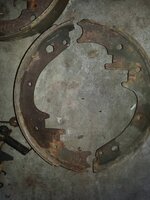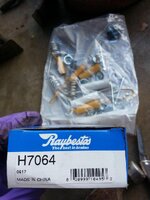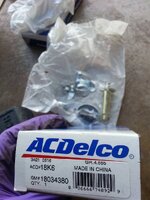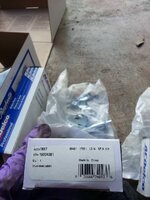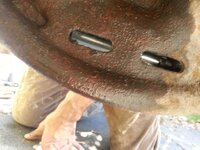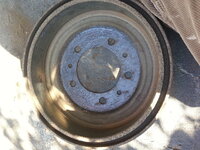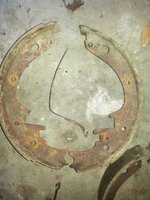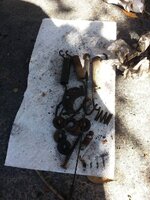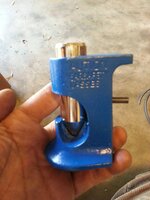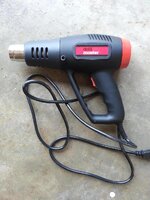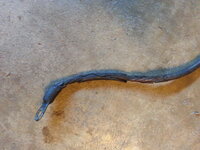Build Thread 1986 CJ-7 Renegade : Memories
Scorzany
Active Jeeper
- Posts
- 330
- Thanks
- 0
- Location
- The South
- Vehicle(s)
- 86 CJ7 Renegade, 4.2L, 4 speed manual, T177 transmission, D300 transfer, D44 rear diff, power steering, no A/C, manual brakes. Carter BBD w/o Stepper.
Here are some YouTube links to good videos on brake drum work. It is not specific to Jeep CJ's but some good info, hints, tips, and tricks I thought were good for any drum brake work. Lots of repetition on info but each video I thought had it's own merits. I like ChrisFix videos very much.
https://www.youtube.com/watch?v=Q5j3sKgNoEs
https://www.youtube.com/watch?v=zJ_UXP6GWkw
https://www.youtube.com/watch?v=3FYRwfKNHxw
https://www.youtube.com/watch?v=70cB-plCF-g
https://www.youtube.com/watch?v=JePOTERmApw
https://www.youtube.com/watch?v=Q5j3sKgNoEs
https://www.youtube.com/watch?v=zJ_UXP6GWkw
https://www.youtube.com/watch?v=3FYRwfKNHxw
https://www.youtube.com/watch?v=70cB-plCF-g
https://www.youtube.com/watch?v=JePOTERmApw

